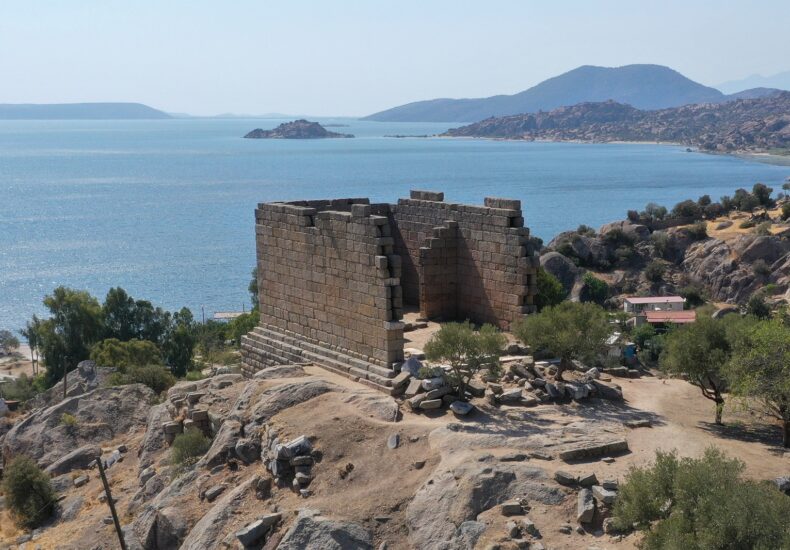
8,500 Years of Sacred Heritage: Unearthing the Mysterious Sanctuaries of Herakleia
Ancient deities, mythological tales, and sacred architecture come to light in the Latmos Mountains as archaeological excavations unveil Herakleia’s hidden past.
As part of the Wednesday Talks series organized by the Association for Nature Lovers and Ecosystem Protection (EKODOSD), Prof. Dr. Zeliha Gider Büyüközer, head of the Latmos–Herakleia Excavations and faculty member at Selçuk University’s Department of Archaeology, delivered a compelling presentation titled “The Sacred Sanctuaries of Herakleia.”
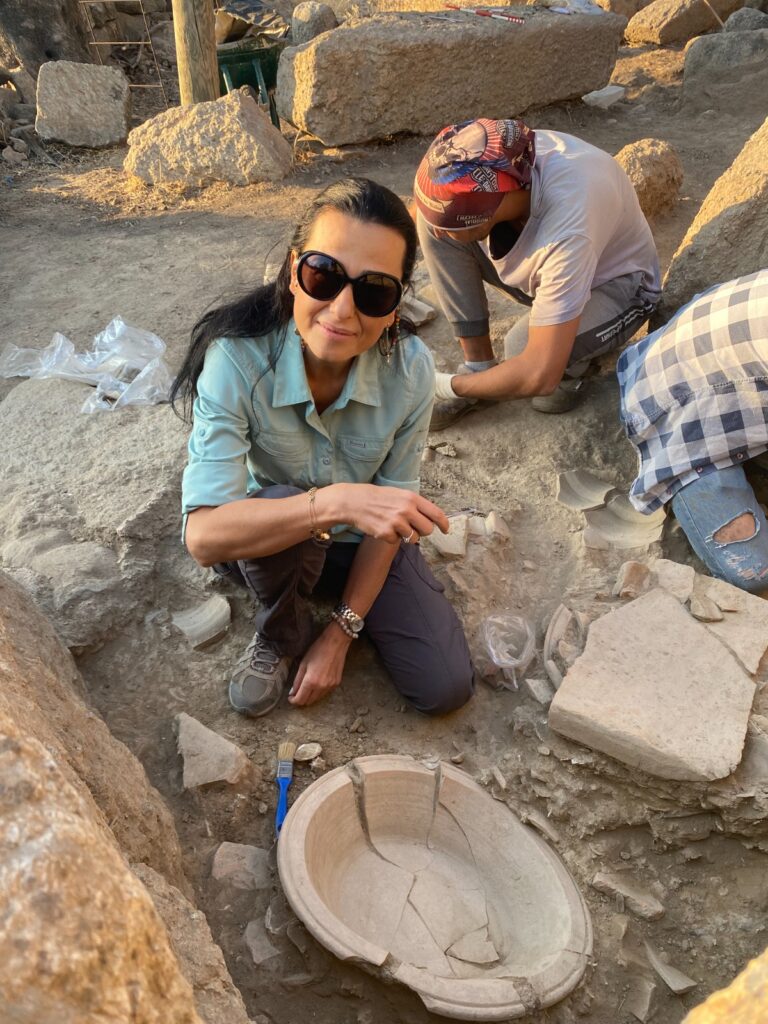
Tracing the Footsteps of Ancient Gods in the Shadows of the Sacred Mountain
Located on the southwestern slopes of the Latmos Mountains near modern-day Lake Bafa in western Türkiye, the ancient city of Herakleia has been under archaeological excavation since 2021. The site reveals important remains from the Hellenistic, Roman, Late Antique, Byzantine, and Anatolian Beylik periods.
Key sanctuaries dedicated to Athena Latmia and Endymion have been well known. However, recent excavations have shed light on long-mysterious cult sites mentioned in inscriptions but not yet located—such as those devoted to Zeus Labraundos, Aphrodite, Hekate, Apollon, and Hermes.
📣 Our WhatsApp channel is now LIVE! Stay up-to-date with the latest news and updates, just click here to follow us on WhatsApp and never miss a thing!!
“The new data help us better understand the phases of use in the known sanctuaries and provide crucial clues for locating others previously unknown,” said Prof. Dr. Büyüközer.
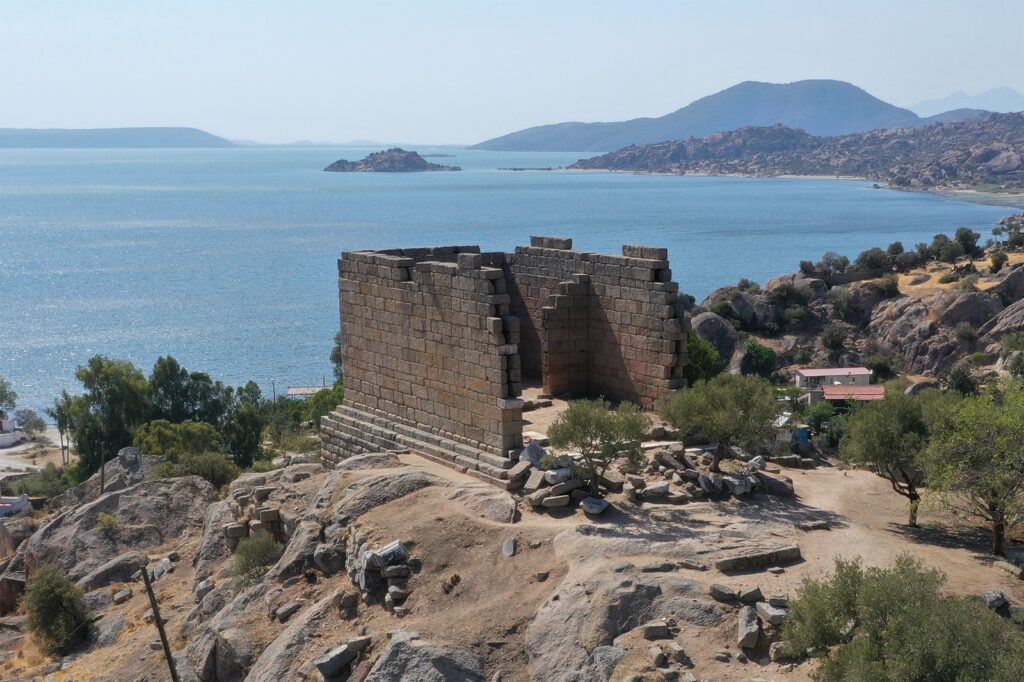
Where Mythology Meets Archaeology
Among the most fascinating discoveries is the Endymion Sanctuary, which embodies the legendary love story between Selene, the Moon goddess, and Endymion. The myth’s reflections in ancient art and architecture were showcased during the presentation, alongside findings from Karadere, Tekerlek Tepe, and Bağarcık, believed to be sacred spaces as well.
Ongoing work continues in an area presumed to be the Sanctuary of Aphrodite, while newly uncovered mosaics and inscriptions reveal insights into both public and religious life in the region.
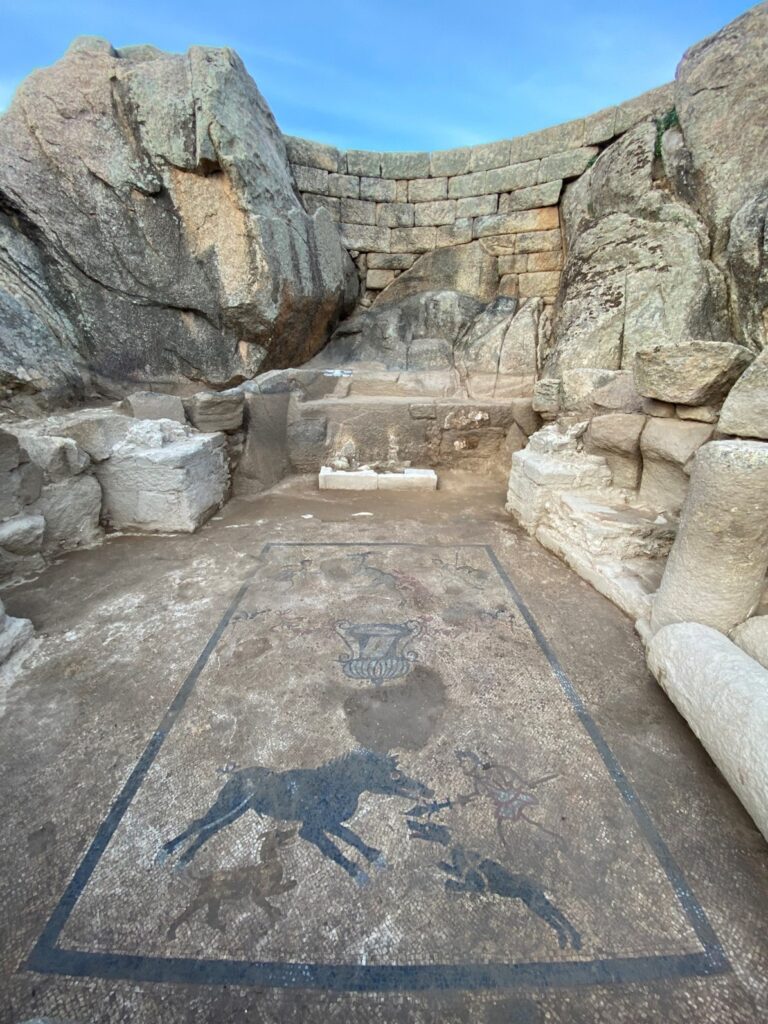
A Timeless Landscape of Nature and Culture
The Latmos Mountains boast a continuous settlement history of over 8,500 years, making it one of Anatolia’s most culturally rich landscapes. The area is home to:
- Prehistoric rock art unique in theme and style compared to its European counterparts,
- A breathtaking natural setting shaped by 500-million-year-old geological formations,
- Over 325 plant species (16 endemic), 261 bird species, 22 reptiles, and 19 mammals.
The region also features Byzantine monasteries, ancient fortifications, and structures spanning thousands of years.
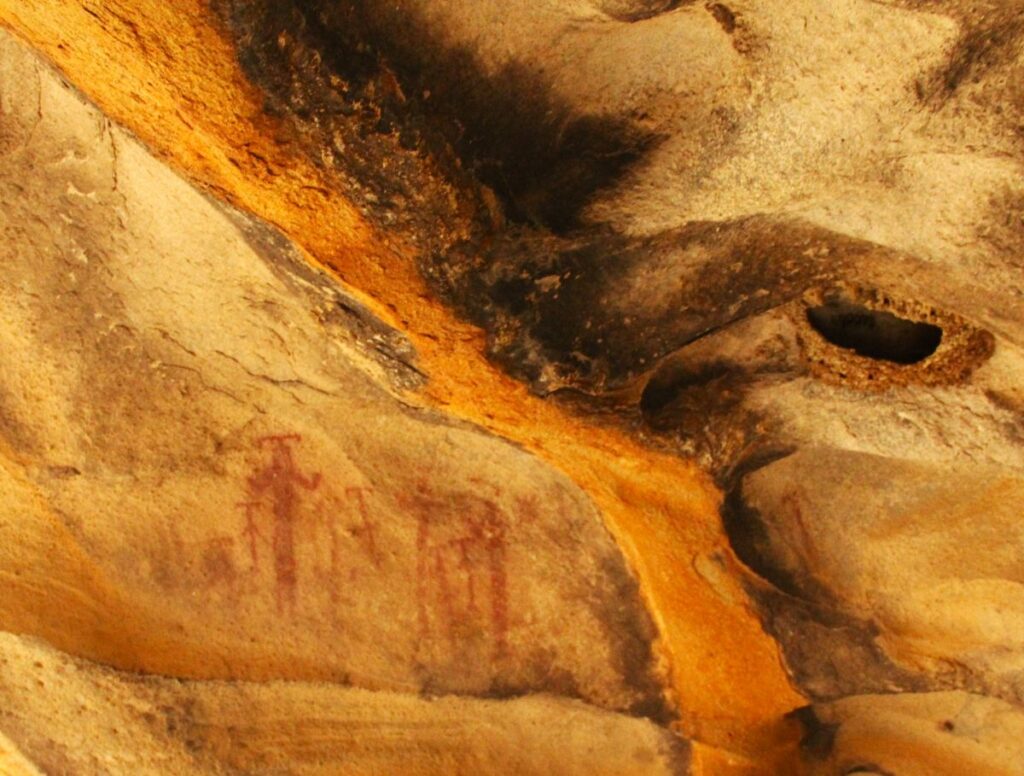
Educational and Economic Potential
Prof. Dr. Büyüközer emphasized that the Herakleia excavations offer not only academic value but also economic opportunities for local communities. With plans to develop cultural tourism routes, the area could generate sustainable income and employment. Restoration, cleaning, and visitor facilities will further increase interest in the site.
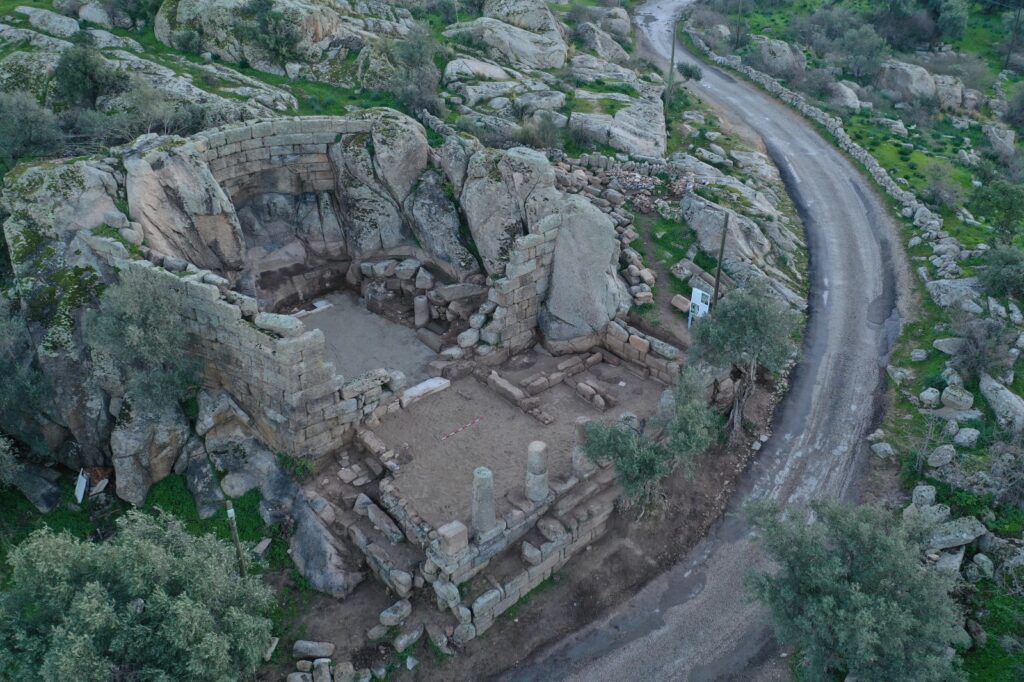
Moreover, the region serves as a living classroom for students of archaeology, especially those studying Prehistory, Hellenistic architecture, and Byzantine construction techniques.
You may also like
- A 1700-year-old statue of Pan unearthed during the excavations at Polyeuktos in İstanbul
- The granary was found in the ancient city of Sebaste, founded by the first Roman emperor Augustus
- Donalar Kale Kapı Rock Tomb or Donalar Rock Tomb
- Theater emerges as works continue in ancient city of Perinthos
- Urartian King Argishti’s bronze shield revealed the name of an unknown country
- The religious center of Lycia, the ancient city of Letoon
- Who were the Luwians?
- A new study brings a fresh perspective on the Anatolian origin of the Indo-European languages
- Perhaps the oldest thermal treatment center in the world, which has been in continuous use for 2000 years -Basilica Therma Roman Bath or King’s Daughter-
- The largest synagogue of the ancient world, located in the ancient city of Sardis, is being restored

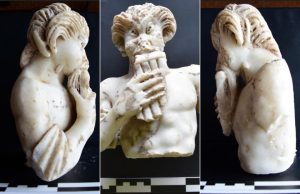
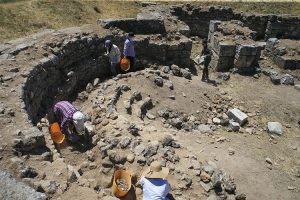
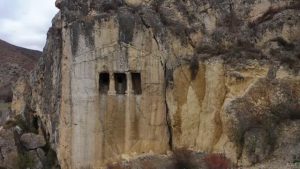
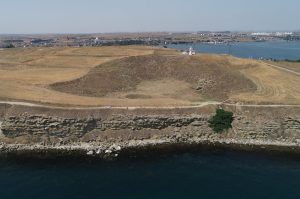
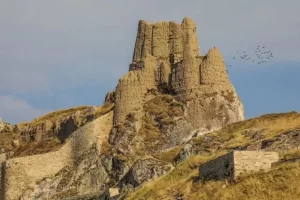
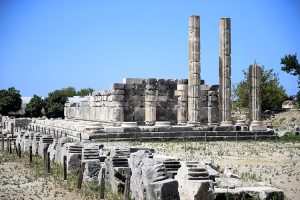
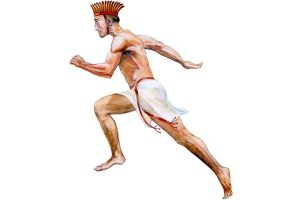

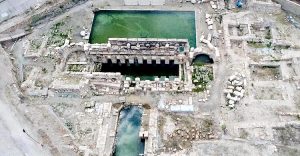
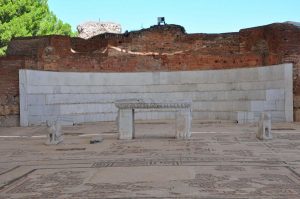
Leave a Reply